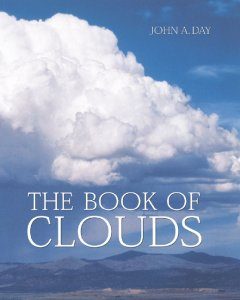And many very warm Free-For-All birthday wishes to Francesco Petrarca, commonly referred to as Petrarch, who was born on this day in 1304. Quite literally the first Renaissance man, Petrarch was a scholar, poet, ambassador, professional tourist, epic correspondent, and intellectual who helped establish the period known as the Renaissance–specifically because he defined the “Dark Ages” as the period before his birth.

But despite Petrarch’s being upheld throughout time as a leading light of intellectualism, art, and the humanities, but let’s, for a few moments, focus on something a little more…human. Petrarch loved his cat. In fact, he loved his cat so much that when it died, he had it embalmed and placed in a glass case in his house in Arqua, Italy. Below the case, is a marble slab with a poem written in 1635 by the next owner of the house as a joke of sorts, mocking Petrarch’s affinity for his feline friend. Indeed, there are those who claim the whole thing, from cat to display case, is a kind of hoax meant to entice tourists. You can still see it today if you visit Petrarch’s house in Arqua, or in the photo below (a note: we’re not sure quite why the cat is hairless. Perhaps it’s because of the embalming process, or perhaps it’s the result of wear and tear over time.) You are welcome to decide for yourself.

And while we’re on the subject, let’s have a talk about other literary matters, shall we? Especially about the new books that have crept in, like the fog, on little cat’s feet, and are currently waiting on our shelves for your arrival!

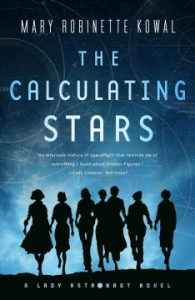 The Calculating Stars: Mary Robinette Kowal has an imagination as wide as the cosmos, and in this new novel, she turns her talent to creating an alternate history of spaceflight that will appeal to all fans of Hidden Figures. On a cold spring night in 1952, a huge meteorite fell to earth and obliterated much of the east coast of the United States, including Washington D.C. The ensuing climate cataclysm will soon render the earth inhospitable for humanity, as the last such meteorite did for the dinosaurs. This looming threat calls for a radically accelerated effort to colonize space, and requires a much larger share of humanity to take part in the process. Elma York’s experience as a WASP pilot and mathematician earns her a place in the International Aerospace Coalition’s attempts to put man on the moon, as a calculator. But with so many skilled and experienced women pilots and scientists involved with the program, it doesn’t take long before Elma begins to wonder why they can’t go into space, too. Elma’s drive to become the first Lady Astronaut is so strong that even the most dearly held conventions of society may not stand a chance against her. This is a book that is being celebrated by reviewers and readers alike, including Publisher’s Weekly, who gave it a starred review and noted “Readers will thrill to the story of this “lady astronaut” and eagerly anticipate the promised sequels.”
The Calculating Stars: Mary Robinette Kowal has an imagination as wide as the cosmos, and in this new novel, she turns her talent to creating an alternate history of spaceflight that will appeal to all fans of Hidden Figures. On a cold spring night in 1952, a huge meteorite fell to earth and obliterated much of the east coast of the United States, including Washington D.C. The ensuing climate cataclysm will soon render the earth inhospitable for humanity, as the last such meteorite did for the dinosaurs. This looming threat calls for a radically accelerated effort to colonize space, and requires a much larger share of humanity to take part in the process. Elma York’s experience as a WASP pilot and mathematician earns her a place in the International Aerospace Coalition’s attempts to put man on the moon, as a calculator. But with so many skilled and experienced women pilots and scientists involved with the program, it doesn’t take long before Elma begins to wonder why they can’t go into space, too. Elma’s drive to become the first Lady Astronaut is so strong that even the most dearly held conventions of society may not stand a chance against her. This is a book that is being celebrated by reviewers and readers alike, including Publisher’s Weekly, who gave it a starred review and noted “Readers will thrill to the story of this “lady astronaut” and eagerly anticipate the promised sequels.”
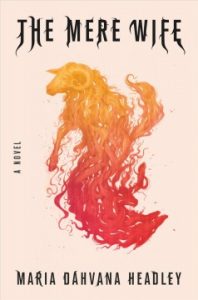 The Mere Wife: Maria Dahvana Headley’s book is, simply, a re-telling of the ancient epic Beowulf, about a knight who defeats a monster and his mother before being destroyed by a dragon. However, in Headley’s capable hands, this is also a story about contemporary America, motherhood and identity that is as prescient as it is timeless. From the perspective of those who live in Herot Hall, the suburb is a paradise. Picket fences divide buildings―high and gabled―and the community is entirely self-sustaining. But for those who live surreptitiously along Herot Hall’s periphery, the subdivision is a fortress guarded by an intense network of gates, surveillance cameras, and motion-activated lights. For Willa, the wife of Roger Herot (heir of Herot Hall), life moves at a charmingly slow pace. She flits between mommy groups, playdates, cocktail hour, and dinner parties, always with her son, Dylan, in tow. Meanwhile, in a cave in the mountains just beyond the limits of Herot Hall lives Gren, short for Grendel, as well as his mother, Dana, a former soldier who gave birth as if by chance. Dana didn’t want Gren, didn’t plan Gren, and doesn’t know how she got Gren, but when she returned from war, there he was. When Gren, unaware of the borders erected to keep him at bay, ventures into Herot Hall and runs off with Dylan, Dana’s and Willa’s worlds collide. Booklist is just one of the outlets to give this title a starred review, calling it “[A] stunner: a darkly electric reinterpretation of Beowulf that upends its Old English framework to comment on the nature of heroes and how we ‘other’ those different from ourselves… A strange tale told with sharp poetic imagery and mythic fervor.”
The Mere Wife: Maria Dahvana Headley’s book is, simply, a re-telling of the ancient epic Beowulf, about a knight who defeats a monster and his mother before being destroyed by a dragon. However, in Headley’s capable hands, this is also a story about contemporary America, motherhood and identity that is as prescient as it is timeless. From the perspective of those who live in Herot Hall, the suburb is a paradise. Picket fences divide buildings―high and gabled―and the community is entirely self-sustaining. But for those who live surreptitiously along Herot Hall’s periphery, the subdivision is a fortress guarded by an intense network of gates, surveillance cameras, and motion-activated lights. For Willa, the wife of Roger Herot (heir of Herot Hall), life moves at a charmingly slow pace. She flits between mommy groups, playdates, cocktail hour, and dinner parties, always with her son, Dylan, in tow. Meanwhile, in a cave in the mountains just beyond the limits of Herot Hall lives Gren, short for Grendel, as well as his mother, Dana, a former soldier who gave birth as if by chance. Dana didn’t want Gren, didn’t plan Gren, and doesn’t know how she got Gren, but when she returned from war, there he was. When Gren, unaware of the borders erected to keep him at bay, ventures into Herot Hall and runs off with Dylan, Dana’s and Willa’s worlds collide. Booklist is just one of the outlets to give this title a starred review, calling it “[A] stunner: a darkly electric reinterpretation of Beowulf that upends its Old English framework to comment on the nature of heroes and how we ‘other’ those different from ourselves… A strange tale told with sharp poetic imagery and mythic fervor.”
 To the Bridge: A True Story of Motherhood and Murder: On May 23, 2009, Amanda Stott-Smith drove to the middle of the Sellwood Bridge in Portland, Oregon, and dropped her two children into the Willamette River. Forty minutes later, rescuers were able to save seven-year-old Trinity, but were unable to save four-year-old Eldon, whose body was recovered from the scene. Stott-Smith was convicted and sentenced to thirty-five years in prison; but journalist Nancy Rommelmann remained convinced that there was more to the story: What made a mother want to murder her own children? Embarking on a seven-year quest for the truth, Rommelmann traced the roots of Amanda’s fury and desperation through thousands of pages of records, withheld documents, meetings with lawyers and convicts, and interviews with friends and family who felt shocked, confused, and emotionally swindled by a woman whose entire life was now defined by an unspeakable crime. At the heart of that crime: a tempestuous marriage, a family on the fast track to self-destruction, and a myriad of secrets and lies as dark and turbulent as the Willamette River. This is a difficult, challenging book that seeks in some way to understand that which seems incomprehensible, and to see through the eyes of one whose actions seem indefensible and unforgivable. It’s not an easy read by any sense, but Rommelmann’s stunning insight, empathy, and journalistic excellence makes it a compelling and important work. Robert Kolker, author of Lost Girls: An Unsolved American Mystery, wrote a beautiful blurb for this book, explaining that “Nancy Rommelmann takes what many consider the most unforgivable of crimes—a mother set on murdering her own children—and delivers something thoughtful and provocative: a deeply reported, sensitively told, all-too-relevant tragedy of addiction and codependency, toxic masculinity, and capricious justice. You won’t be able to look away—nor should any of us.”
To the Bridge: A True Story of Motherhood and Murder: On May 23, 2009, Amanda Stott-Smith drove to the middle of the Sellwood Bridge in Portland, Oregon, and dropped her two children into the Willamette River. Forty minutes later, rescuers were able to save seven-year-old Trinity, but were unable to save four-year-old Eldon, whose body was recovered from the scene. Stott-Smith was convicted and sentenced to thirty-five years in prison; but journalist Nancy Rommelmann remained convinced that there was more to the story: What made a mother want to murder her own children? Embarking on a seven-year quest for the truth, Rommelmann traced the roots of Amanda’s fury and desperation through thousands of pages of records, withheld documents, meetings with lawyers and convicts, and interviews with friends and family who felt shocked, confused, and emotionally swindled by a woman whose entire life was now defined by an unspeakable crime. At the heart of that crime: a tempestuous marriage, a family on the fast track to self-destruction, and a myriad of secrets and lies as dark and turbulent as the Willamette River. This is a difficult, challenging book that seeks in some way to understand that which seems incomprehensible, and to see through the eyes of one whose actions seem indefensible and unforgivable. It’s not an easy read by any sense, but Rommelmann’s stunning insight, empathy, and journalistic excellence makes it a compelling and important work. Robert Kolker, author of Lost Girls: An Unsolved American Mystery, wrote a beautiful blurb for this book, explaining that “Nancy Rommelmann takes what many consider the most unforgivable of crimes—a mother set on murdering her own children—and delivers something thoughtful and provocative: a deeply reported, sensitively told, all-too-relevant tragedy of addiction and codependency, toxic masculinity, and capricious justice. You won’t be able to look away—nor should any of us.”
 Celestial Bodies: How to Look at Ballet: As much as we all might enjoy the classical music that accompanies ballet, and no matter how fundamental to our humanity dancing might be, the art of ballet itself can often seem inaccessible to those not in “the know”. In this engaging and accessible book, dance critic Laura Jacobs makes the foreign familiar, providing a lively, poetic, and uniquely accessible introduction to the world of classical dance. Combining history, interviews with dancers, technical definitions, descriptions of performances, and personal stories, Jacobs offers an intimate and passionate guide to watching ballet and understanding the central elements of choreography. None other than Misty Copeland herself wrote a review of this book for The New York Times Review of Books, saying in part, “Jacobs’s book opens the door, offering a meticulous introduction to the art form and welcoming readers to have a seat and stay a while…. It’s from this insider’s perspective that Jacobs is able to offer an all-encompassing guided tour behind the curtain, then circling back to the auditorium where the balletomane, the occasional fan and the newcomer sit side by side as they interpret the performance according to their individual experiences and beliefs.”
Celestial Bodies: How to Look at Ballet: As much as we all might enjoy the classical music that accompanies ballet, and no matter how fundamental to our humanity dancing might be, the art of ballet itself can often seem inaccessible to those not in “the know”. In this engaging and accessible book, dance critic Laura Jacobs makes the foreign familiar, providing a lively, poetic, and uniquely accessible introduction to the world of classical dance. Combining history, interviews with dancers, technical definitions, descriptions of performances, and personal stories, Jacobs offers an intimate and passionate guide to watching ballet and understanding the central elements of choreography. None other than Misty Copeland herself wrote a review of this book for The New York Times Review of Books, saying in part, “Jacobs’s book opens the door, offering a meticulous introduction to the art form and welcoming readers to have a seat and stay a while…. It’s from this insider’s perspective that Jacobs is able to offer an all-encompassing guided tour behind the curtain, then circling back to the auditorium where the balletomane, the occasional fan and the newcomer sit side by side as they interpret the performance according to their individual experiences and beliefs.”
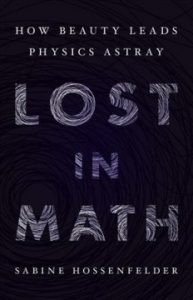 Lost in Math: How Beauty Leads Physics Astray: From the artistic to the natural, physics researcher Sabine Hossenfelder’s newest book seeks to complicate our understanding of nature by accepting and reveling in all its messiness, rather than attempting to hold nature to our transient and shifting standards of ‘beauty’. The belief in beauty, Hossenfelder argues, has become so dogmatic that it now conflicts with scientific objectivity: observation has been unable to confirm mindboggling theories, like supersymmetry or grand unification, invented by physicists based on aesthetic criteria. Worse, these “too good to not be true” theories are actually untestable and they have left the field in a cul-de-sac. To escape, physicists must rethink their methods. Only by embracing reality as it is can science discover the truth. This is a book for math and science lovers, but it is also one that laypeople can enjoy, and learn from, as well. As Popular Science encouraged readers, “Eavesdrop on accessible and frank conversations in Hossenfelder’s Lost in Math, which wrestles with big questions of quantum mechanics and beauty in a fun, fascinating way.”
Lost in Math: How Beauty Leads Physics Astray: From the artistic to the natural, physics researcher Sabine Hossenfelder’s newest book seeks to complicate our understanding of nature by accepting and reveling in all its messiness, rather than attempting to hold nature to our transient and shifting standards of ‘beauty’. The belief in beauty, Hossenfelder argues, has become so dogmatic that it now conflicts with scientific objectivity: observation has been unable to confirm mindboggling theories, like supersymmetry or grand unification, invented by physicists based on aesthetic criteria. Worse, these “too good to not be true” theories are actually untestable and they have left the field in a cul-de-sac. To escape, physicists must rethink their methods. Only by embracing reality as it is can science discover the truth. This is a book for math and science lovers, but it is also one that laypeople can enjoy, and learn from, as well. As Popular Science encouraged readers, “Eavesdrop on accessible and frank conversations in Hossenfelder’s Lost in Math, which wrestles with big questions of quantum mechanics and beauty in a fun, fascinating way.”
Until next week, beloved patrons–Happy Reading!






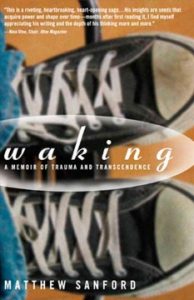
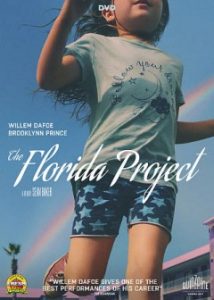



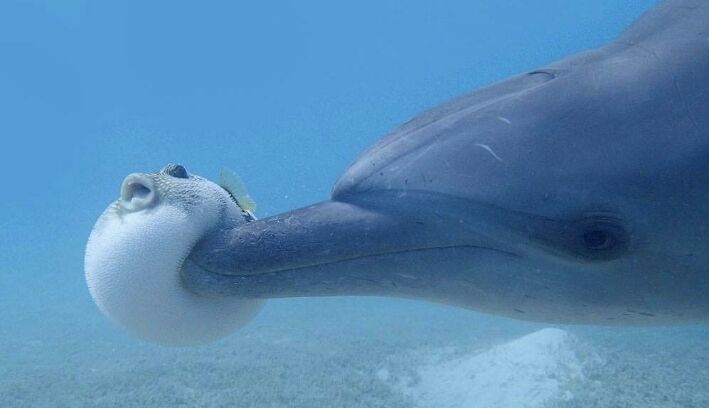
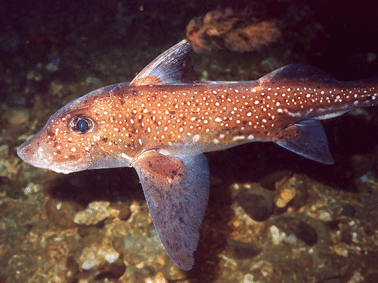



















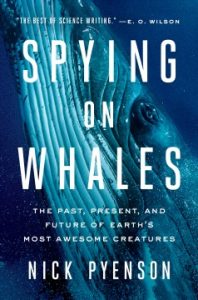
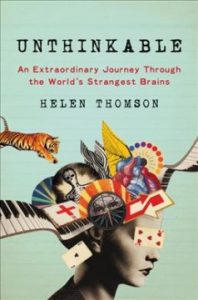


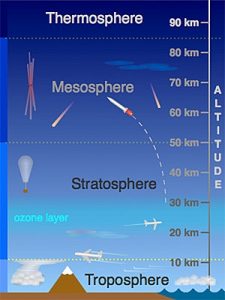
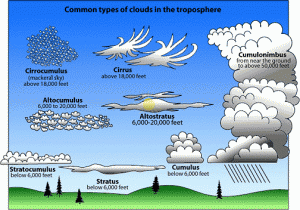
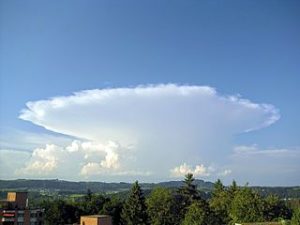
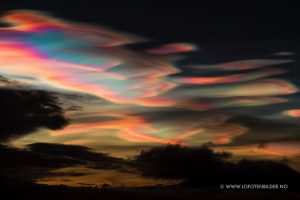
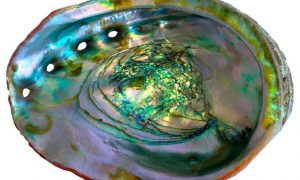
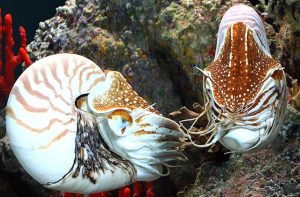
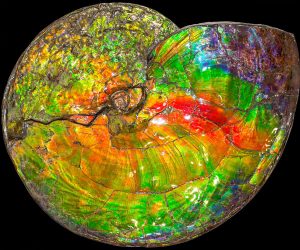

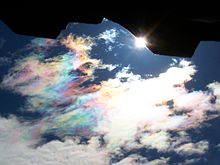
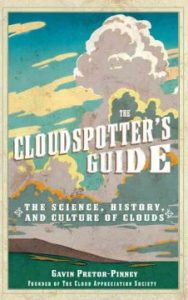
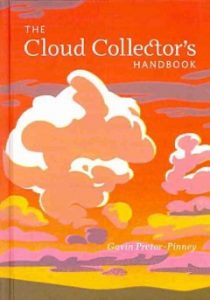

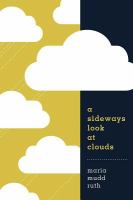
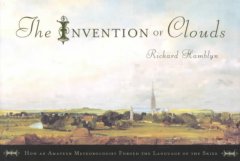 The Invention of Clouds: How an Amateur Meteorologist Forged the Language of the Skies, by Richard Hamblyn:
The Invention of Clouds: How an Amateur Meteorologist Forged the Language of the Skies, by Richard Hamblyn: 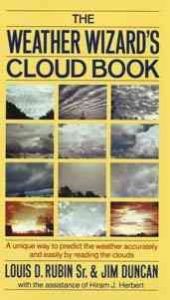 The Weather Wizard’s Cloud Book: A Unique Way to Predict the Weather Accurately and Easily by Reading the Clouds, by Louis D. Rubin Sr. and Jim Duncan
The Weather Wizard’s Cloud Book: A Unique Way to Predict the Weather Accurately and Easily by Reading the Clouds, by Louis D. Rubin Sr. and Jim Duncan